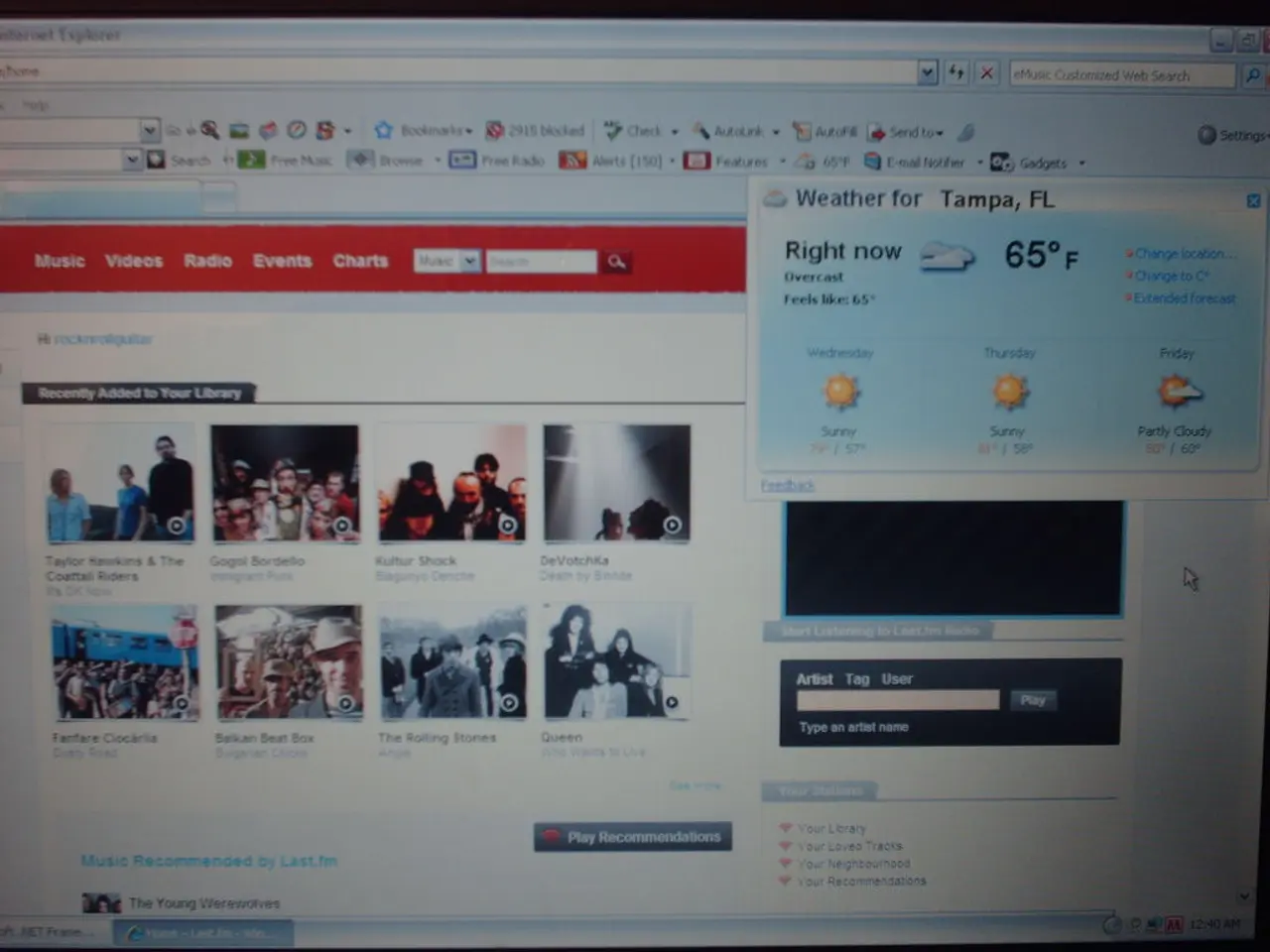Retailers' Unseen Hazard: Counterfeit Software, a Threat That Can't Be Overlooked Regardless of Season
Javed Hasan, the CEO and co-founder of Lineaje, is making waves in the realm of software supply chain security. With gift card and return frauds plaguing approximately 13.7% of returned items in 2023, retailers have a new, more hidden threat to contend with - counterfeit third-party software. This sneaky menace infiltrates modern retail systems, from e-commerce platforms to payment systems, and with nearly 7% of open-source components coming from questionable sources, retailers have their work cut out for them.
Retailers face a double whammy, tasked with providing top-notch customer experiences while simultaneously safeguarding their operations and customers from external threats. Open-source software, once seen as a gift to developers, has become a double-edged sword. Its open availability makes it an essential tool for modern retail operations, from inventory management to personalizing customer experiences. However, this open accessibility also means that bad actors can easily integrate counterfeit or unverified software into retail systems, creating vulnerabilities that can lead to economic loss, operational disruptions, and tarnished reputations.
The ubiquity of open-source software is a double-edged sword. On the one hand, it's a game-changer for developers, enabling rapid innovation, and efficient workflows. On the other, these benefits come with risks. Unbeknownst to retail developers, malicious software can be integrated into retail systems, causing financial ruin, operational disruptions, and eroding customer trust. With 90% of software currently in use dependent on open-source components, it's not a question of "if," but rather "when" the next widespread attack will occur.
Counterfeit software poses a silent, yet incredibly disruptive threat. Without proper visibility into the software supply chain, retail developers are left bumbling in the dark, unable to discern the rotten apples from the good ones. Counterfeit software can manifest in several ways, from causing retail systems to crash during peak shopping hours to releasing sensitive personal information. This means that retailers are at risk of fines, lawsuits, and irrevocable damage to their brand.
To protect retail operations from counterfeit third-party software threats, several best practices can be implemented. These include conducting thorough risk assessments, implementing continuous monitoring, adopting secure coding practices, and strengthening vendor management. By automating security policies and performing regular vulnerability assessments, retailers can proactively protect their software, transforming a hidden risk into an opportunity for greater resilience and success.
Is your organization on the cutting edge of cybersecurity? Join our exclusive group of world-class CIOs, CTOs, and technology executives in our invitation-only Website Technology Council. If you think you've got what it takes, come on board and shape the future of cybersecurity together!
Javed Hasan, being a key figure in software supply chain security, could provide valuable insights on adopting secure practices to mitigate vulnerabilities related to creditlines due to counterfeit third-party software. Despite open-source software's benefits, it's crucial for retailers to scrutinize third-party components, as alt sources may lead to incorporating unverified software, potentially harming their financial standing and reputation.






